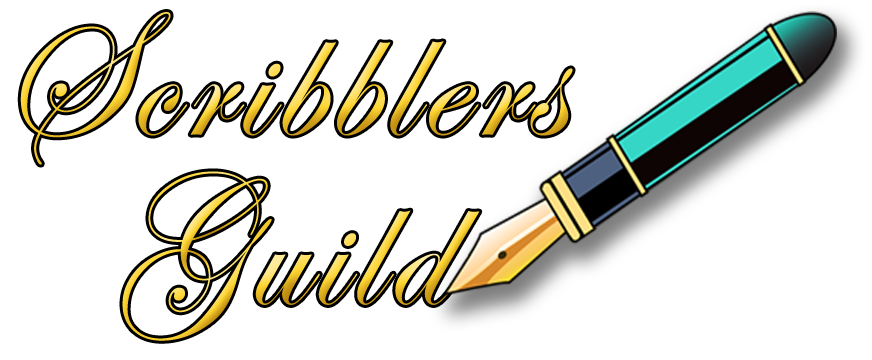Organizing Your Memoir
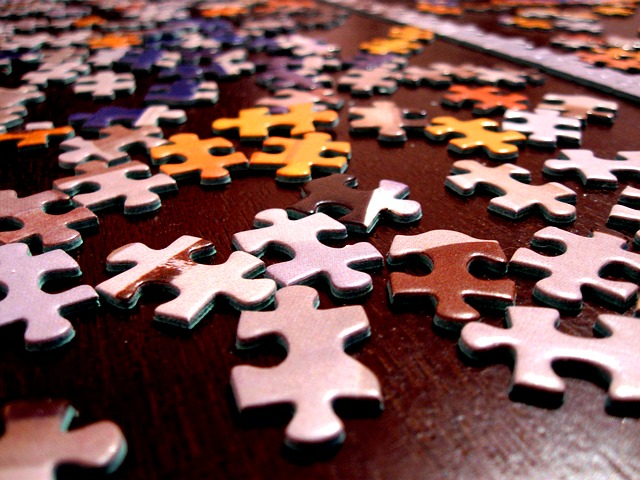
One of the students in my class this week was bemoaning the fact that she didn’t know how to incorporate into her memoir all the material she’d saved over the years. She had, as most of us do, boxes and boxes of old photos, letters, correspondence, keepsakes and masses of other trivia that she wanted to include, but she couldn’t make any kind of sense of it all. What was relevant and what wasn’t? What was valuable information and what had only sentimental value?
I blush to admit, I tend to be a bit of a pack-rat. I can’t bear to let go of the things my parents and grandparents loved, even though they’re gone and no longer care, so this article is a case of “do as I say, not as I do”.
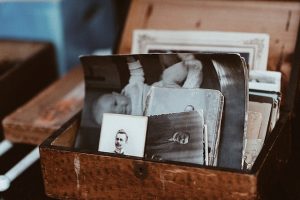 I too have boxes of old photos and letters of my mother’s. One day, I plan to write her biography, so I’ve saved a lot more of her correspondence than I’ll ever need. I do regret not asking her while she was alive if she knew who were all the people in the pictures. Now she’s gone, as are all her generation, so I’ll never know, and, I guess, neither will anyone else.
I too have boxes of old photos and letters of my mother’s. One day, I plan to write her biography, so I’ve saved a lot more of her correspondence than I’ll ever need. I do regret not asking her while she was alive if she knew who were all the people in the pictures. Now she’s gone, as are all her generation, so I’ll never know, and, I guess, neither will anyone else.
Getting Organized
If you have a lot of “stuff” to sort through that you want to use in your memoirs, it helps to sort it out into different categories. The categories will be different for each individual, and you’ll have to figure out which one works best for you:
-
- Some memoirs will comprise an entire life story sequentially, determined by date.
- Some memoirs will be determined by place.
- Some will be determined by incident or story.
What Kind of Memoir Will You Write?
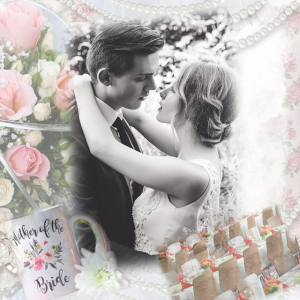 First, you must figure out what kind of memoir you’re planning to write or record. One of the most effective memoirs I’ve seen was a large framed collage of a wedding day, comprising cut-out photos, photocopied documents, scribbled vows, pressed flowers and a written essay describing the day. Even a formal wedding album is a kind of memoir.
First, you must figure out what kind of memoir you’re planning to write or record. One of the most effective memoirs I’ve seen was a large framed collage of a wedding day, comprising cut-out photos, photocopied documents, scribbled vows, pressed flowers and a written essay describing the day. Even a formal wedding album is a kind of memoir.
Obviously, a photographic record will be different from a written one, but even a memoir comprising mainly words and stories can include some images. You’ll simply have to be very selective about which ones best illustrate the story you want to tell. It could be a picture of the house where you lived when you were ten, or yourself and your sister after the Great Mud-Puddle Incident.
Memoir by Date
If your memoir is going to be largely autobiographical – that is, your entire life story to the present time or a biography of someone else, your best bet would be to set up a filing box with hanging folders labelled by date, and try to arrange everything as best you can recall by the date they appear in your memoir.
Memoir by Location
If your memoir is going to be centred on the events which happened in a particular location, go through everything and find all the items which relate to that location. Again, you can organize them by date if there are a lot of them.
The rest can be stored, either for another story (or three!) or given to relatives if they want them. Alternatively, they can be discarded, if you can bear to part with them. If you can’t, someone else will have to deal with them when you’re gone, and they’ll have even less connection to the items than you do, so your treasures will probably end up in the trash.
Memoir by Topic
If your memoir is based around a series of incidents which tell a story, (of redemption, of overcoming adversity, of personal development, or other message-based material), the storage and retrieval problem becomes a little more problematic. In this case, you’ll need to be very clear on how the story will be written, so that you can organize the items by topic and sequence of the stories in the memoir.
Photographs
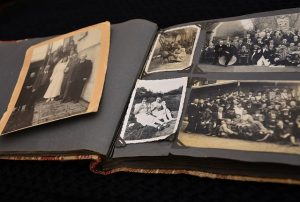 If there are people in the photos with whom you are unfamiliar, if possible try to find out from still-living relatives who they are, and make notations on the back of each picture.
If there are people in the photos with whom you are unfamiliar, if possible try to find out from still-living relatives who they are, and make notations on the back of each picture.
It may seem obvious, but the best way to store photos is still in an old-fashioned photo album. Even digital photos can be printed, and years from now, most of the ones on Facebook will be long gone, so it makes sense to have a hard copy, just in case your computer or phone die a horrible death.
In every case, though, it’s a huge help to have them organized (even cross-referenced, depending on how obsessive you are). You’ll save yourself a lot of time and frustration when you get to the story about how Auntie Martha burned the Thanksgiving turkey when everyone went to see the lumberyard go up in a spectacular blaze, and you can’t remember whether you have the picture of the blackened bird filed under “relatives”, “adventures” or “holidays”.
The stuff we leave behind has value, but only if it’s put into context. As memoirists, a big part of our job is to create that context, and doing that takes organization. The job of writing down your story is a lot like putting together a jigsaw puzzle – it gets a lot easier when you can find all the pieces.
Happy Writing!

